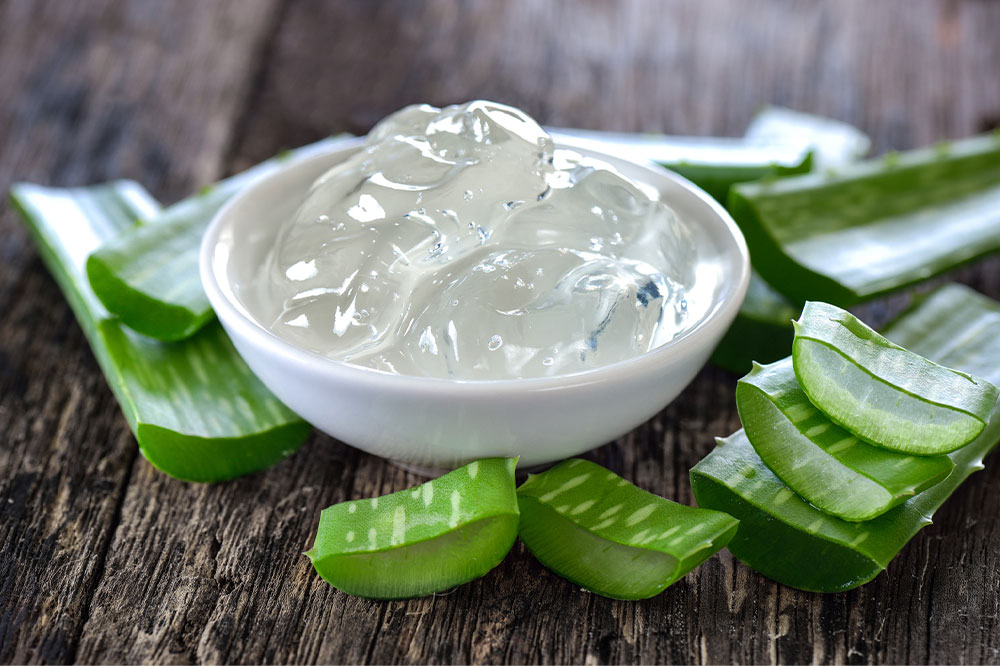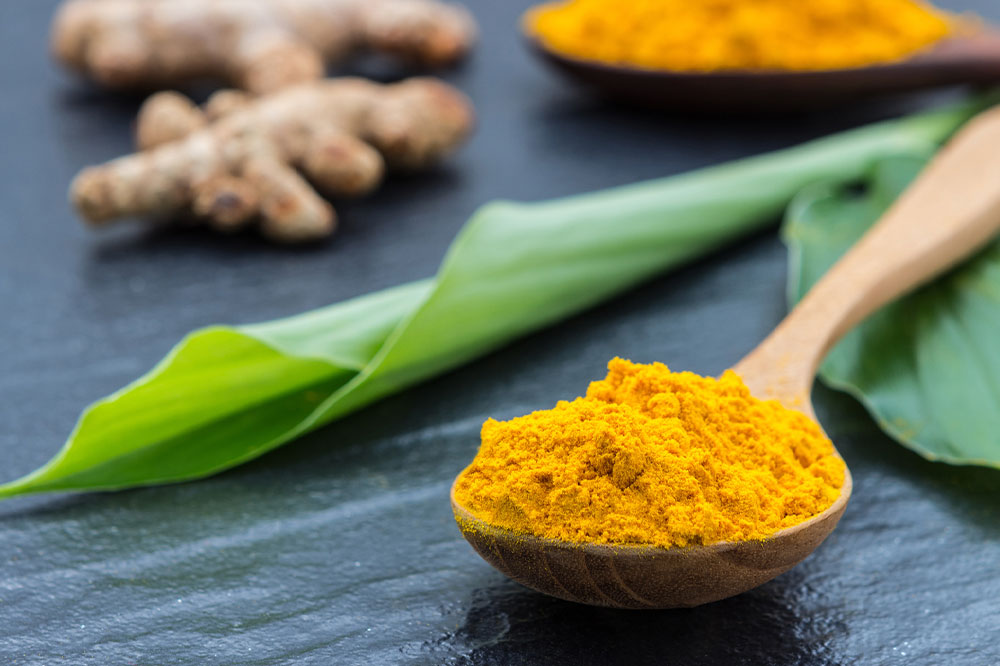Psoriasis – Symptoms, Types, and Tips for Managing the Condition
Psoriasis is a skin disease that leads to rashes with itchy, scaly patches, most commonly seen on the knees, elbows, trunk, and scalp. It is a common, chronic disease with no cure. The disease tends to come and go in cycles, flaring for a few weeks or months and then subsiding for a while. Common triggers for psoriasis include infections, cuts, and burns. To treat psoriasis, it is best to follow the doctor’s advice. Symptoms of Psoriasis Common signs and symptoms of psoriasis include: Patchy rashes (like scaling, dandruff, or major eruptions on the body) Purple or pink rashes with scales Small scaling spots Dry, cracked skin that may bleed Itching or burning Types of Psoriasis There are many types of psoriasis, which may differ in their signs and symptoms. The most common ones include: Plaque psoriasis: This is the most common type of psoriasis. Signs of plaque psoriasis include dry, itchy, raised skin patches covered with scales on the elbows, knees, lower back, and scalp. Nail psoriasis: Nail psoriasis can affect fingernails and toenails. It causes pitting, abnormal nail growth, and discoloration. More severe forms of the disease may cause the nail to crumble. Guttate psoriasis: Guttate psoriasis is commonly seen in young adults and children.
Read More 









